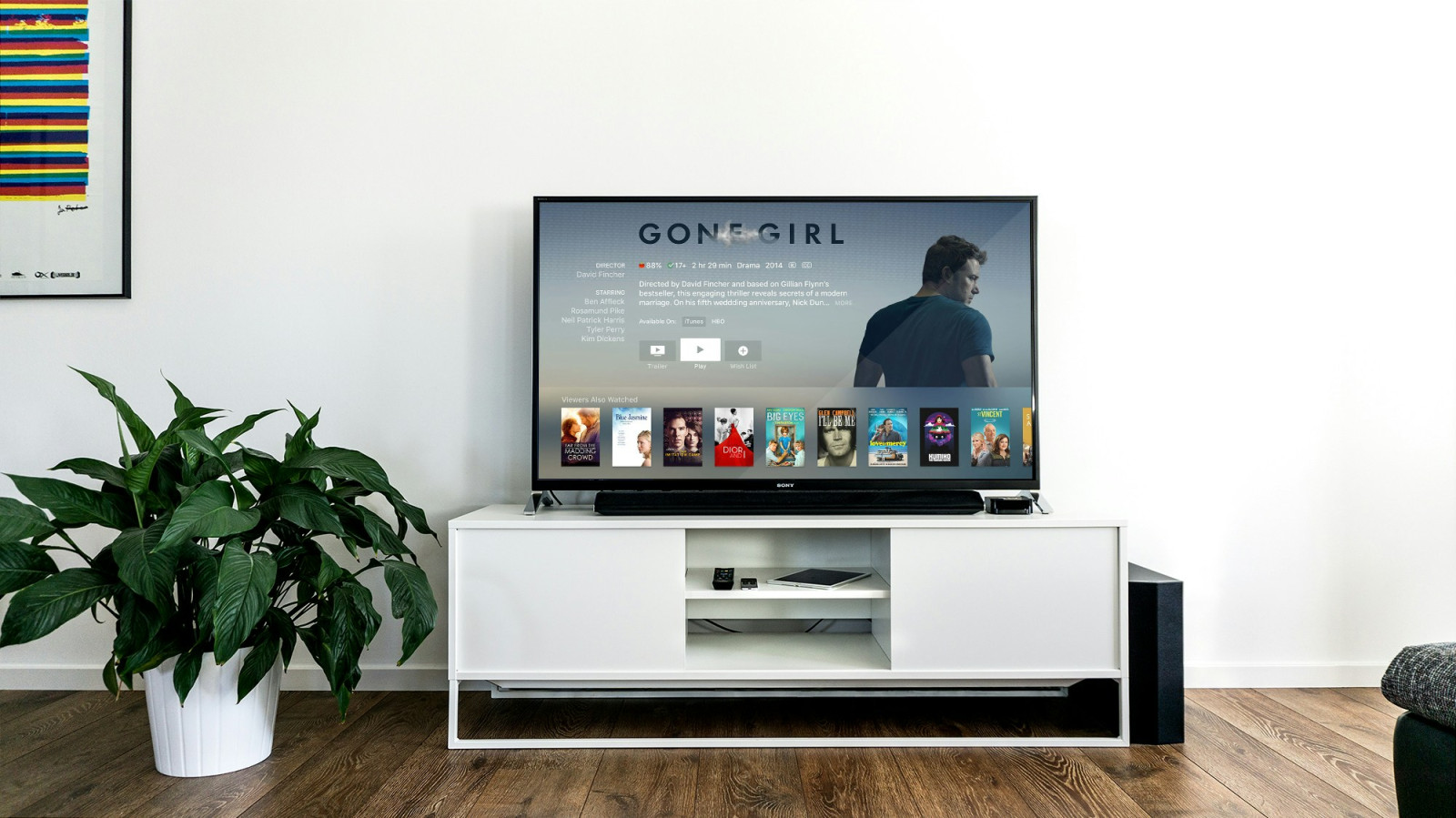AVOD steps out into the lockdown era

Photo: Jens Kreuter

Yesterday saw the soft launch of Peacock, the new direct-to-consumer (D2C) ad-supported video on demand (AVOD) and subscription video on demand (SVOD) hybrid app from NBCUniversal – the media subsidiary of communications major Comcast. Launching initially as a free service for existing Comcast and Cox pay-TV subscribers, the service’s big coming out party in July has been an early casualty of the COVID-19 lockdown. NBCU’s $12.4 billion exclusive US Olympic rights were planned to be at the heart of the July 15th launch, which prioritised the free version of the Peacock app. Following the decision to postpone the Tokyo 2020 Olympics to 2021, $1.25 billion of pre-sold Olympic ad inventory now has to be renegotiated. Peacock as well as Warner Media’s forthcoming HBO Max service have both decided to follow the Hulu model of combining advertising with a subscription (both a subscription with ads and a premium ad-free version with deeper content). However, Peacock has decided to go one step further and position its free AVOD version at the centre of its go-to-market strategy. This is an audacious move to capture the majority of linear TV viewing which is not behind paywalls and has struggled in the digital transition.
In the current lockdown environment, streaming entertainment companies are optimally placed to take advantage of the 15% increase in available digital entertainment time for home-confined consumers. Case in point was media major Disney‘s new D2C service launching on November 12th; Disney+ achieved 50 million sign-ups last week. While Peacock may have taken a sideways hit to its sports-led live linear streaming rollout strategy, other businesses with strong AVOD functionality such as Roku and Quibi appear to be riding high on the lockdown-increased video consumption.
Yesterday Roku gave advance guidance of its next quarterly earnings due in May to announce an 8% increase in active accounts since January 2020. While these are ecosystem users accessing the various partner channels alongside Roku TV, Roku’s spear-heading of ad-supported content in its core US market does provide insight into the increased appetite for ad-supported video content.
The announcement of 1.7 million app downloads since Quibi's launch on April 6th is again in reality a blend of AVOD and SVOD, and is nuanced by the initial three-month free trial offer available to the app downloaders. The big challenge for Quibi will be converting downloads into engagement, which becomes the meaningful metric for its advertising partners who had already bought $150 million of ad space by October 2019, six months before launch and its entirely available first year inventory until April 2021 (per Variety).
Featured Report
MIDiA Research 2026 predictions Change is the constant
Welcome to the 11th edition of MIDiA’s annual predictions report. The world has changed a lot since our inaugural 2016 edition. The core predictions in that report (video will eat the world, messaging apps will accelerate) are now foundational layers of today’s digital economy.
Find out more…For AVOD to become a meaningful streaming successor to linear free-to-air, the services need to persuade advertisers that a) they have the audience numbers, and b) they are able to measure engagement in a way which linear cannot. MIDiA Research consumer data shows that 46% of consumers switch off when ads appear on TV. For consumers without streaming services this actually rises to 51%, representing both a huge challenge but also a massive opportunity for AVOD if it is able to capitalise on its technological edge over traditional TV.
Lockdown has become the streaming video consumption laboratory with significant post- pandemic behavioural implications. The increased demand for Video consumption is ultimately an AVOD as well as SVOD opportunity for moulding long-term consumer behaviour.

The discussion around this post has not yet got started, be the first to add an opinion.